Dar es Salaam
About Dar es Salam

Why Choose Dar es Salaam Over Other African Cities
Dar es Salaam is one of the African cities that seems to embrace a lot of culture and is packed with life to explore natural sceneries and historical sightseeing either in the city or in the surroundings. The country is strategically located along the Indian Ocean; thus, the country boasts of well-endowed beautiful beaches including Coco Beach, and quiet islands like Bongoyo and Mbudya. Unlike most other cities in the world, Dar es Salaam lies at a unique position where one can fully engage in city life with the flexibility of trips to quiet and calm areas.
The city also serves as a starting point to some of Tanzania’s greatest wildlife viewing points such as Mikumi National Park and the Selous Game Reserve. This means that it contains a blend of different people a rationale evident in one’s food, building and festival styles which give it a richer experience than other African urban centres. Sustainable transportation systems like the Dar Rapid Transit (DART) system and Julius Nyerere International Airport enhance mobility and access to explore the city. Dar es Salaam is a perfect combination of business and tourism due to its modern facilities, impressive cultural attractions, and access to natural sights.
Highlights of Dar es Salaam
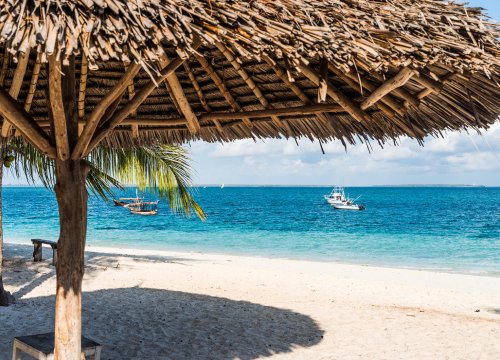
Coco Beach
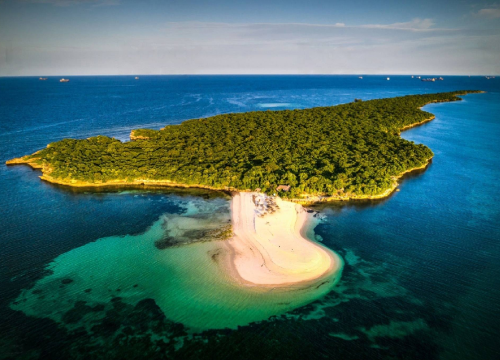
Bongoyo Island
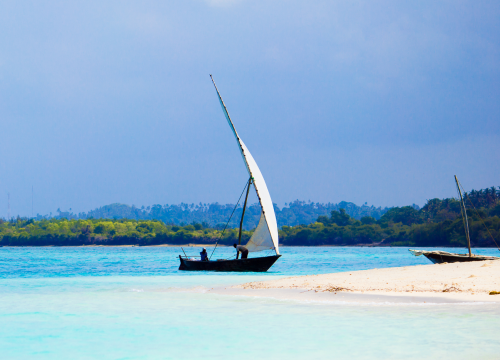
Mbudya Island
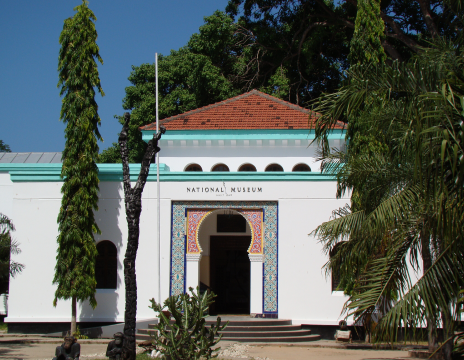
National Museum of Tanzania

Askari Monument
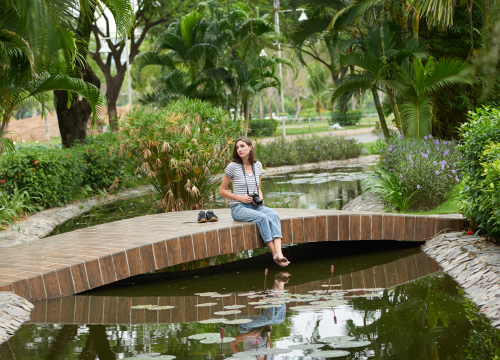
Botanical Gardens

Pugu Hills Nature Reserve
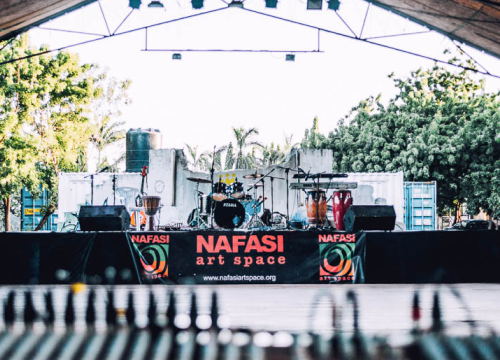
Nafasi Art Space
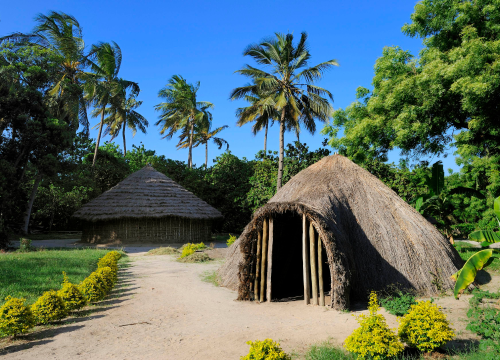
Tanzania Village Museum

Azania Front Lutheran Church
Favorite Tanzania Trips
When should you travel to Dar es Salam?
Best Overall Time: Dry Season (June to October)
The dry season is considered the best in Dar es Salaam Tanzania weather with low humidity levels and lower chances of rain. The temperature around this time usually ranges between 29–31°C
High season: December to March
They are usually the busiest season as the Dar es Salaam weather during this time is great for marine activities and for relaxing at the beach
Worst time: During the rains (March to May)
During this time, there is heavy rainfall which can disturb your travel plans and outdoor activities are also interrupted
Low season: During the November
The weather in Dar es Salaam is pleasant during this time, with short spells of rain and lush landscapes with less crowd. this time is ideal for budget travellers.
LOW SEASON
From the end of March to early June, the crowds are gone during this period and it is considered to be the low season
Contact Us

Noemi Casado, Spain
Suzanne Richard, England
Nathan Burke, USA
Jennifer Riley, USA
John Mathew, USA
FAQ's
Dar es Salaam is a coastal city which is located along the Indian Ocean. It is the largest city in the country and acts as a major commercial and cultural hub.
The local currency of the city is Tanzanian Shilling (TZS).US dollars are also accepted widely in the region by hotels, restaurants and travel agencies in Dar es Salaam but smaller establishments usually prefer shillings.
The languages spoken by people in the region are Swahili and English.
Dar es Salaam is usually safe for people travelling there, but certain routine precautions should be taken:
- You should Avoid displaying any kind of valuables in public.
- You should use only creditable transportation services.
- Make sure that you Stay in a well-lit and populated area, particularly during the nighttime.
- Be careful in crowded places such as markets to avoid pickpocketing
Dar es Salaam travel includes public transportation options such as dala-dalas, which are public buses, and the Dar Rapid Transit (DART) system, a BRT network. Taxi-hailed private cars and transport apps like Uber and Bolt are also available. For exploring nearby islands, ferries and boats are accessible.
Tourists in Dar es Salaam can enjoy Swahili, Indian, and European cuisines. Popular dishes include biryani, mishkaki, and seafood. Street delicacies such as samosas and roasted corn are must-tries for food lovers exploring Dar es Salaam tourist attractions.
Yes, shopping in Dar es Salaam is diverse. Highlights include the bustling Kariakoo Business Section, Mlimani City – a premier shopping mall, and Mwenge Woodcarvers Market, which specializes in souvenirs and handcrafted wooden products.
Modern healthcare facilities, including hospitals and clinics, are available in Dar es Salaam.
Wildlife is limited within the city, but nearby attractions like Mikumi National Park and Selous Game Reserve offer the opportunity to see lions, elephants, zebras, and more. These parks are highlights of any Dar es Salaam travel guide.
Visitors can experience vibrant cultural events such as the Swahili Festival (Sauti za Busara) and traditional dance performances. These events enrich the experience of Dar es Salaam tourist attractions, showcasing the local culture and creativity.








